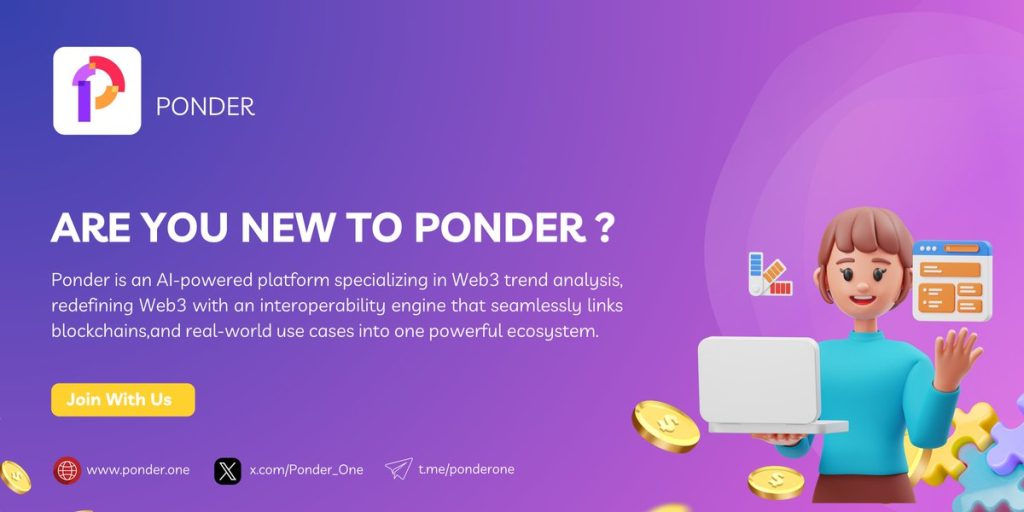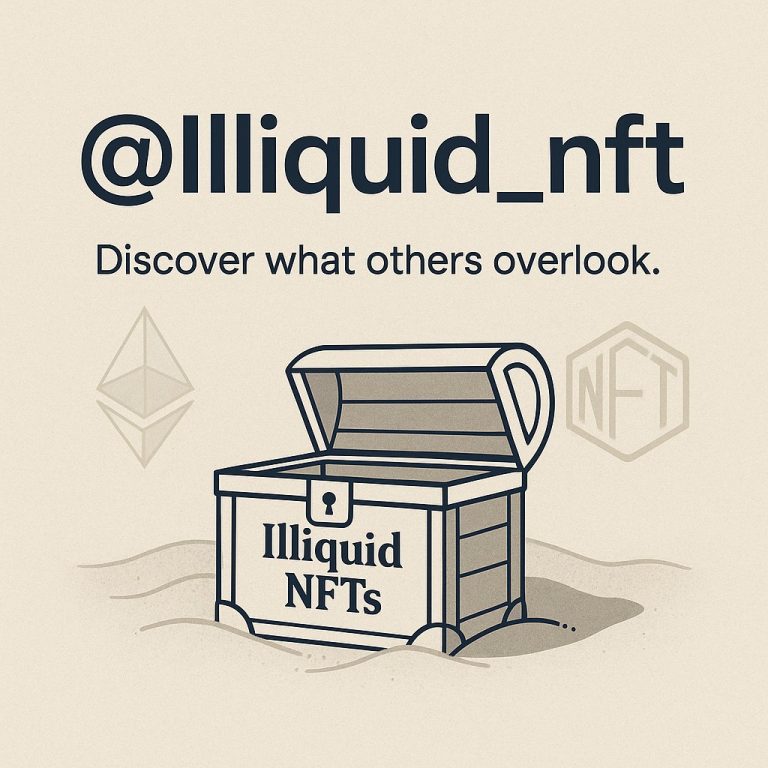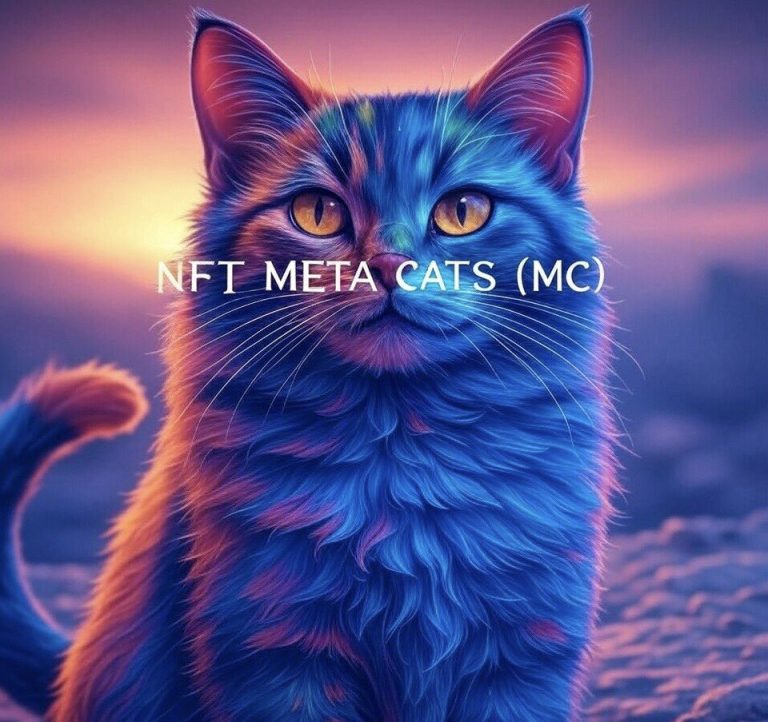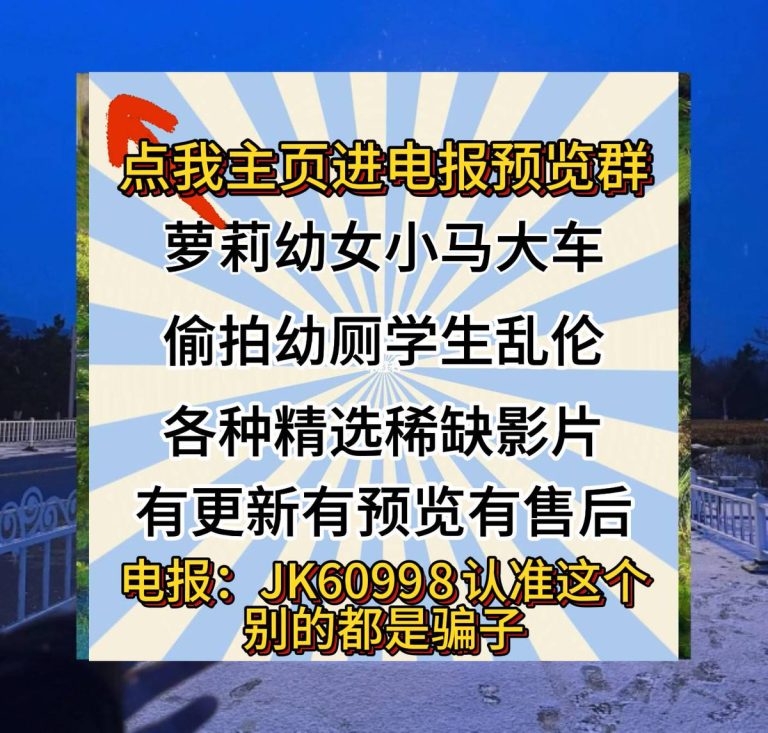
Exploring the Convergence of AI, Web3, and NFT Market Dynamics
The digital asset ecosystem continues to evolve at a breakneck pace, showcasing fascinating intersections of technology, finance, and culture. At the forefront of this transformation are emerging Web3 platforms leveraging artificial intelligence (AI) to empower decentralized finance (DeFi) traders and non-fungible token (NFT) enthusiasts alike. Today’s multifaceted conversations reveal innovative projects, market trends, and the harsh realities awaiting many NFT traders—all against a backdrop of data-driven decision making. Let’s unpack these insights step-by-step to understand what’s happening beneath the surface of the crypto landscape.
—
Riding the Wave: AI-Powered Web3 Platforms
The excitement around new platforms like Ponder highlights a big shift: integrating AI analytics directly into Web3 environments to aid real-time insights and decision-making. Ponder markets itself as a toolkit designed specifically for DeFi users and NFT collectors, offering not just data but actionable intelligence mined by algorithms from vast and complex datasets. This innovation effectively bridges the gap between high-speed crypto markets and the human need for clarity and confidence in decisions.
Where traditional trading decisions often rely on gut feelings or scattered information, platforms like Ponder deliver trend analyses that capture subtle market shifts. The role of AI here is crucial because human traders cannot easily parse the enormous, noisy data flows alone. By automating trend detection and providing tools tailored to decentralized ecosystem participation—often characterized by rapid changes and novel assets—such platforms empower users to navigate complexity with greater precision.
—
Deep Dives: NFT Collections and Market Metrics
Concrete data offers a snapshot of market health and momentum within NFT communities. Take the SpooksLabs NFT Collection on the Aptos blockchain as an example. With a floor price around 9.99 APT (Aptos’s token) and a stunning 61.13% increase over a seven-day period, this collection signals robust demand and an expanding enthusiast base. A 60%+ growth rate over a week is not just a blip; it typically signals rising interest and strong confidence among buyers and sellers.
These metrics show that specific collections can outperform even in a fluctuating market environment. Understanding floor prices and growth percentages allows collectors and traders to assess the relative health of projects and identify emerging opportunities. Moreover, verified data sources and market dashboards—like those pulling from OpenSea or Ronin for their respective ecosystems—play an indispensable role by aggregating and visualizing such statistics in user-friendly interfaces.
—
The Human Factor: Why Most NFT Traders Lose Money
While data paints an optimistic view for some, another layer of reality is harsher. According to discussions circulating among crypto communities, 95% of NFT traders end up losing money. Why? The pitfalls are deeply human and behavioral:
– Trading on emotions: Fear and greed often override logic.
– Blindly following hype: Herd mentality drives uncalculated rushes into overhyped projects.
– Ignoring data analysis: A lack of engagement with reliable analytics leaves traders flying blind.
– Missing “whale” signals: Failing to interpret large investors’ moves can lead to bad timing.
Conversely, the rise of AI-assisted trading tools, such as those powered by platforms like Kaito AI combined with OpenSea data, aims to reverse these patterns. By translating raw data into predictive signals and actionable insights, AI trading promises a more disciplined and systematic approach—turning market noise into profit potential.
—
Real-Time Market Intelligence: Refinitiv and Polkadot Insights
Staying up-to-date is crucial in markets that shift by the second. Services like Refinitiv provide invaluable real-time trends and analysis that keep traders informed of emerging conditions. Awareness fuels smarter moves, whether in NFTs, DeFi tokens, or large-scale crypto assets.
For instance, the cryptocurrency Polkadot (DOT) is currently exhibiting bullish momentum and aims to break past a key resistance level of $5.20. Technical indicators, like the Relative Strength Index (RSI), suggest heated interest that could push prices higher but also warn of potential resistance ahead. Such nuanced analysis enables traders to position themselves with foresight rather than reaction.
—
Bridging Data Sources for Comprehensive Analysis
A final piece of the puzzle lies in tapping multiple data ecosystems cohesively. The Moki Genesis NFT Collection on Ronin Network provides a case study. With 8,888 total pieces and reserved allocations, data has been meticulously collected from both OpenSea and Ronin Market and organized into a Dune Dashboard for transparent, accessible visualization.
This integrated approach embodies the future of digital asset evaluation—combining cross-platform data to form a comprehensive market picture. By seeing performance across marketplaces, traders and collectors gain a more holistic understanding and avoid blind spots inherent in platform-isolated views.
—
Viral Dynamics and Content Creation: The Case of $KORI
An intriguing social dimension is how crypto trends are amplified via platforms like TikTok—where virality can drive market interest exponentially. The token $KORI is a prime example, with billions of views generated by viral campaigns. Interestingly, strategic content partnerships, such as a $2,000 per month social media content deal funded by projects like Bonk.fun, underscore how marketing and community engagement have become as critical as on-chain fundamentals.
This symbiotic relationship between social media dynamics and crypto asset growth configures a new paradigm: cultural virality can materially influence market values, accelerates adoption, and pushes some projects into mainstream attention.
—
Conclusion: Navigating Complexity with Data, AI, and Awareness
The intersecting developments—from AI-powered Web3 platforms and precise NFT collection metrics to the sobering loss rate among traders and social media’s rising influence—paint a vivid picture of the modern crypto environment. Rather than navigating by intuition or hearsay alone, traders and collectors who embrace data-driven insights, integrated platforms, and AI tools stand a better chance of riding these waves successfully.
Yet, the journey remains complex. The volatility, the emotional risks, and the rapid shifts require vigilance and a willingness to learn continually. The ongoing innovation witnessed in platforms like Ponder and analytical tools for projects like SpooksLabs illustrates the crypto world’s evolution toward greater sophistication. Success lies not just in technology, but in mastering the delicate blend of data, discipline, and cultural understanding.
—
References and Further Reading
– Ponder on Twitter
– SpooksLabs NFT Collection Data
– Drop_Hustler NFT Trading Advice
– Refinitiv Trending Market Insights
– Polkadot Market Technical Analysis
– Moki Genesis Dashboard on Dune
– $KORI Viral Token Analysis
—
Engaging with these sources and technologies offers a pathway toward smarter participation in the fast-changing digital asset space. Whether you’re an NFT collector, a DeFi trader, or simply a crypto observer, understanding how AI and data intersect with culture and market mechanics makes all the difference.








